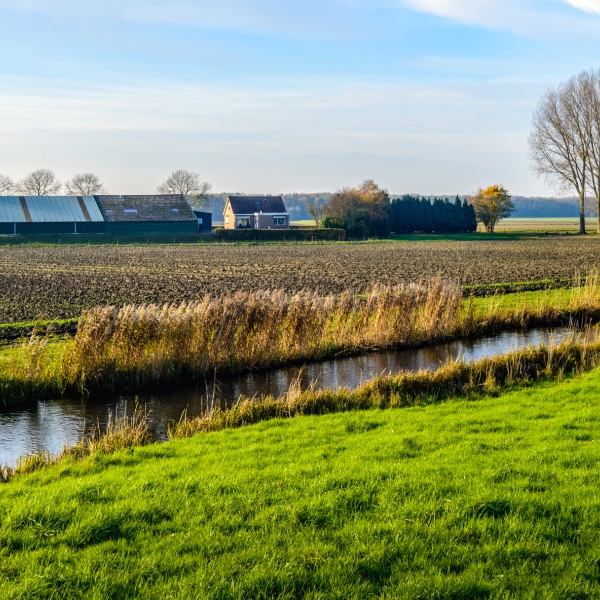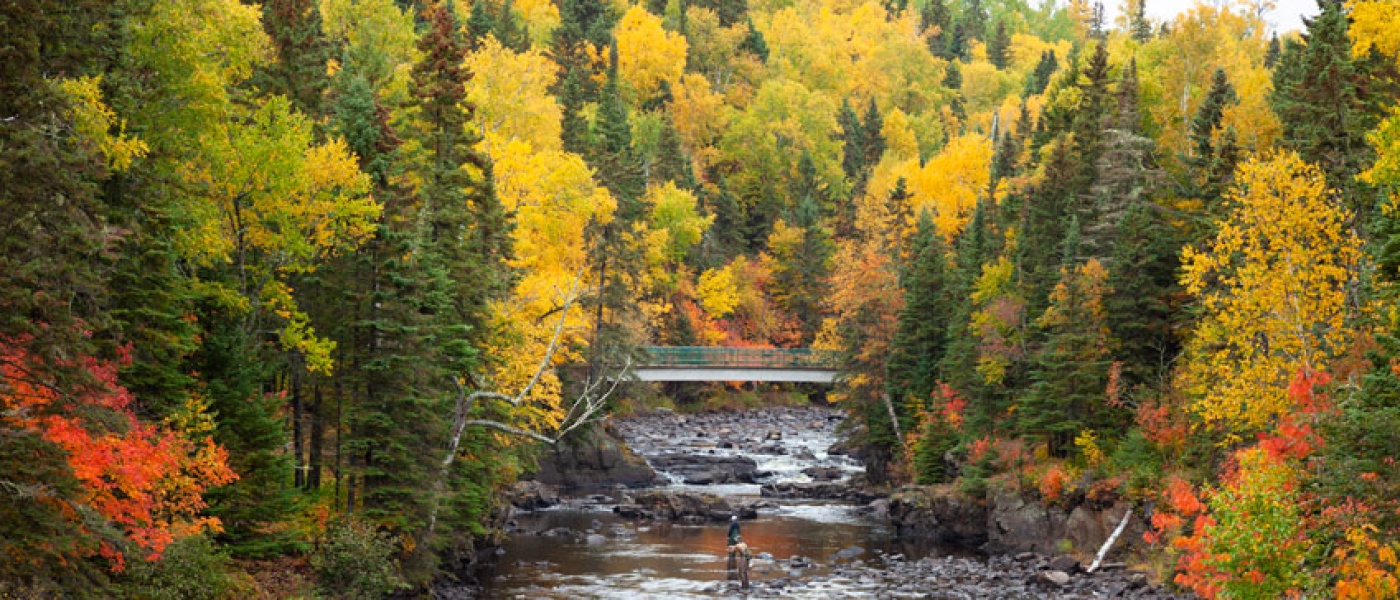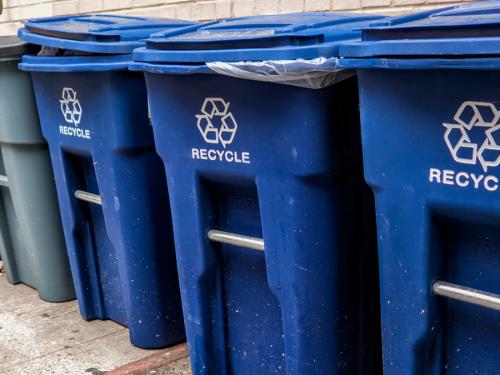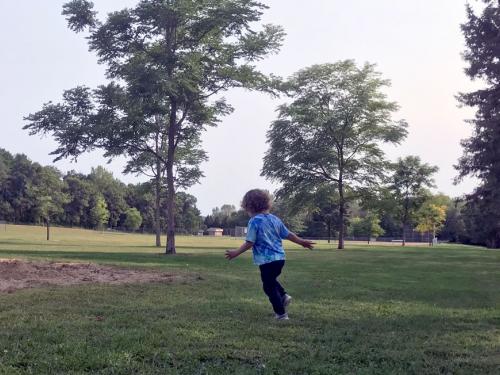
Vegetative buffers, created by planting native grasses along lakes, river, and streams, are one important conservation practice to help keep our water clean. These buffers protect waterways from runoff pollution by filtering out contaminants like phosphorous, nitrogen, and sediment before they enter the water. Buffers also stabilize shorelines to prevent erosion and provide important wildlife habitat.
Buffers play a critical role in protecting and restoring water quality.
In 2015, Governor Mark Dayton called on the legislature to create a law requiring buffer strips along rivers, streams, and ditches, collectively known as riparian areas. Conservation Minnesota worked with legislators and the Administration to advocate for the passage of a strong buffer law. The final law required the installation of buffers of varying widths along public waterways and ditches. Additionally, through the Legacy Amendment’s Clean Water Fund, the Department of Natural Resources created a comprehensive map of buffers throughout the state. Our policy director tracked the implementation process and, during the 2017 legislative session, Conservation Minnesota was back to work defending the bill from repeal and rollbacks.
In 2017, enforcement of the new buffer law began. As of August 2018, over 99% of land adjacent to public waters was in preliminary compliance with the new buffer law.

Minnesotans across the state take responsibility for cleaning up and protecting our state’s valuable water resources.










